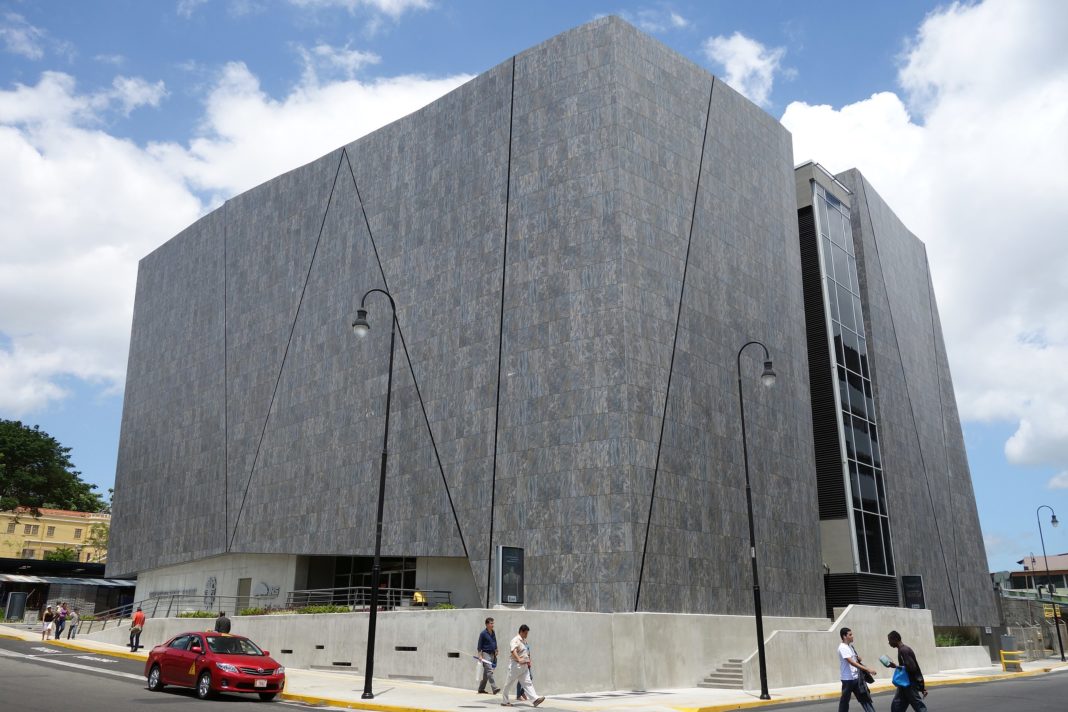The Museo del Jade is an archaeological museum in San José, Costa Rica. Since 2014, it has been located in front of Plaza de la Democracia.
It was founded in 1977 by Fidel Tristán Castro, the first president of the INS. The museum contains the world’s largest collection of American jade.
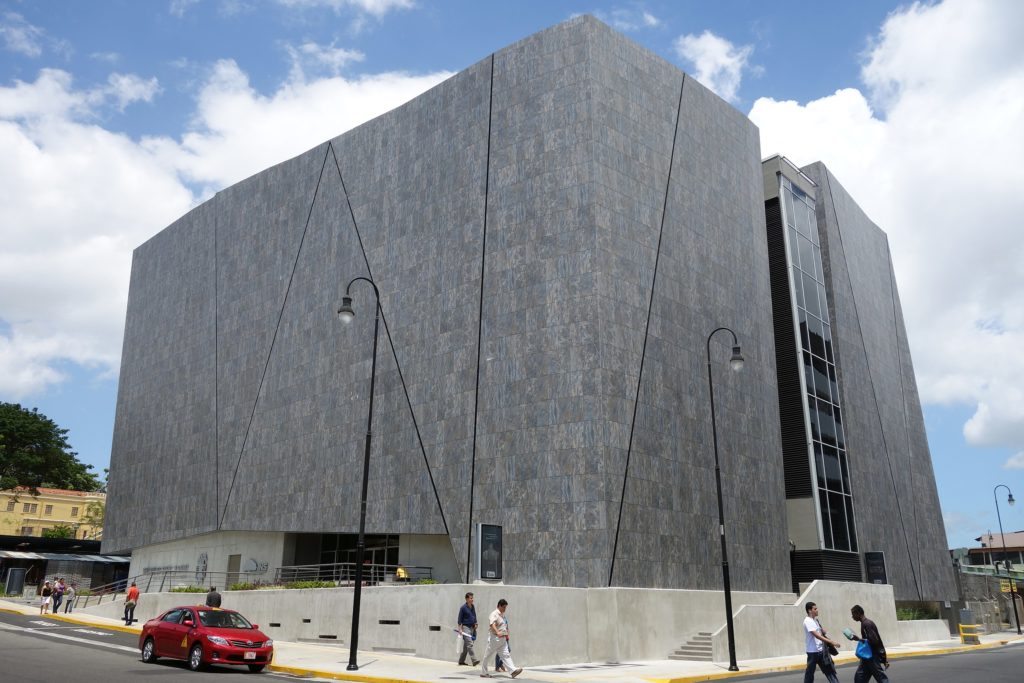
This museum houses the world’s largest collection of pre-Columbian jade, with an ample exhibition space of five floors offering seven exhibits. There are nearly 7000 finely crafted (approximately 2,500 jade objects), well-conserved pieces, from translucent jade carvings depicting fertility goddesses, shamans, frogs and snakes to incredible ceramics (some reflecting Maya influences), including a highly unusual ceramic head displaying a row of serrated teeth.
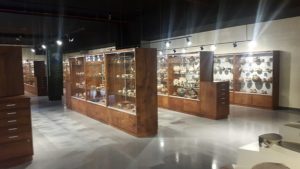
Jade was found throughout Central America in ancient times and prized by the indigenous peoples of Costa Rica.
Jade was used to carve not only body adornments – pendants, beads, nose- and earrings – but, with it, they created symbols characteristic of their system of beliefs. In Costa Rica, it was linked to animism, a basic principle of shamanism, which assigned a soul to the natural elements or to objects of daily use and different types of animals. Figures of these animals in jade or other materials were not considered a simple representation; when carrying these objects, you were carrying the recreated animal’s fierceness, agility, silence, to protect and mediate between the people and the spiritual world.
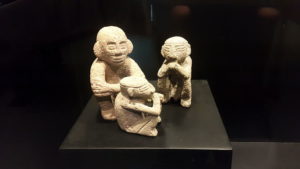
Jade, with its implicit symbolism, was a prestige marker among these leading characters and their families; similarly, its social function was always like a talisman, the mediator between the people and the spiritual world or underworld. So, it was used during ceremonies and festivities related to funerary rites, healing practices, and agricultural events, or as funerary offerings.
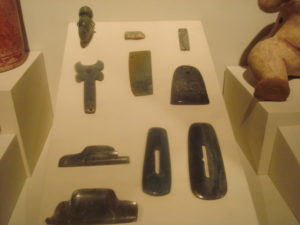
According to Wikipedia; worldhistory.org; lonelyplanet





